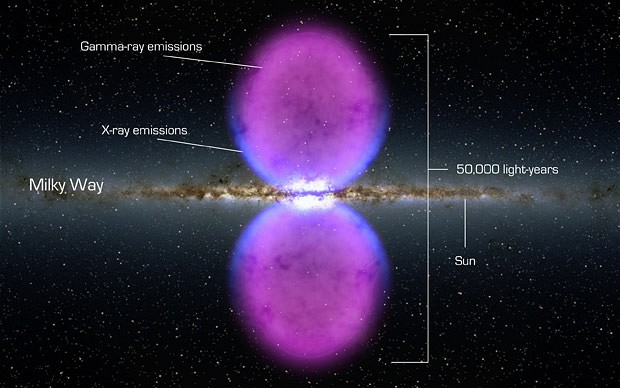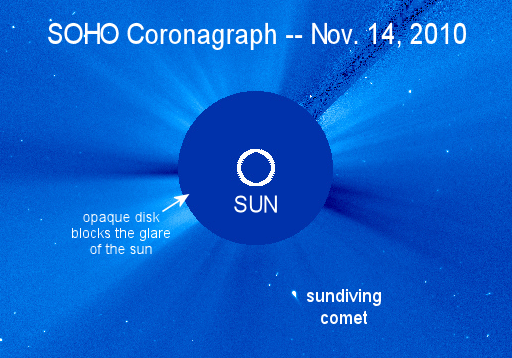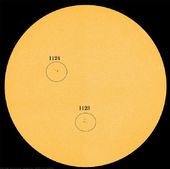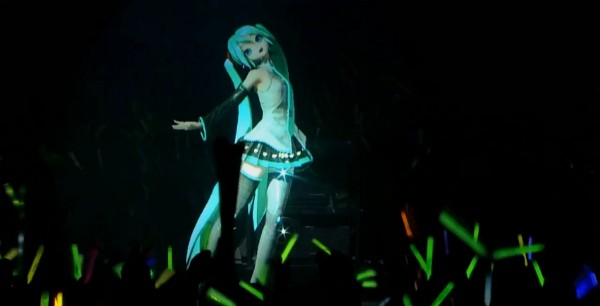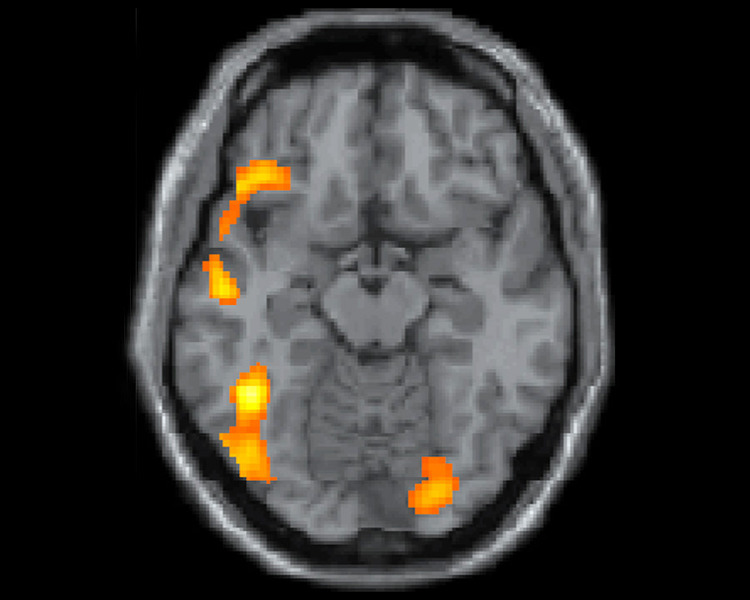
The dogs "have hair and complete teeth", said Jesus Holguin, an archaeologist at the museum in Pachacamac, located some 25km south of Lima.
Holguin told AFP on Wednesday that experts were still trying to determine their breed.
The mummified remains of four children were also found at the site, archaeologists said. The mummified dogs were found two weeks ago wrapped in cloth and buried in one of Pachacamac's adobe brick pyramids.
Archaeologists believe the animals were offerings related to a funeral, "although we do not know if this was related to an important personality of the Inca period," said archaeologist Isabel Cornejo.
